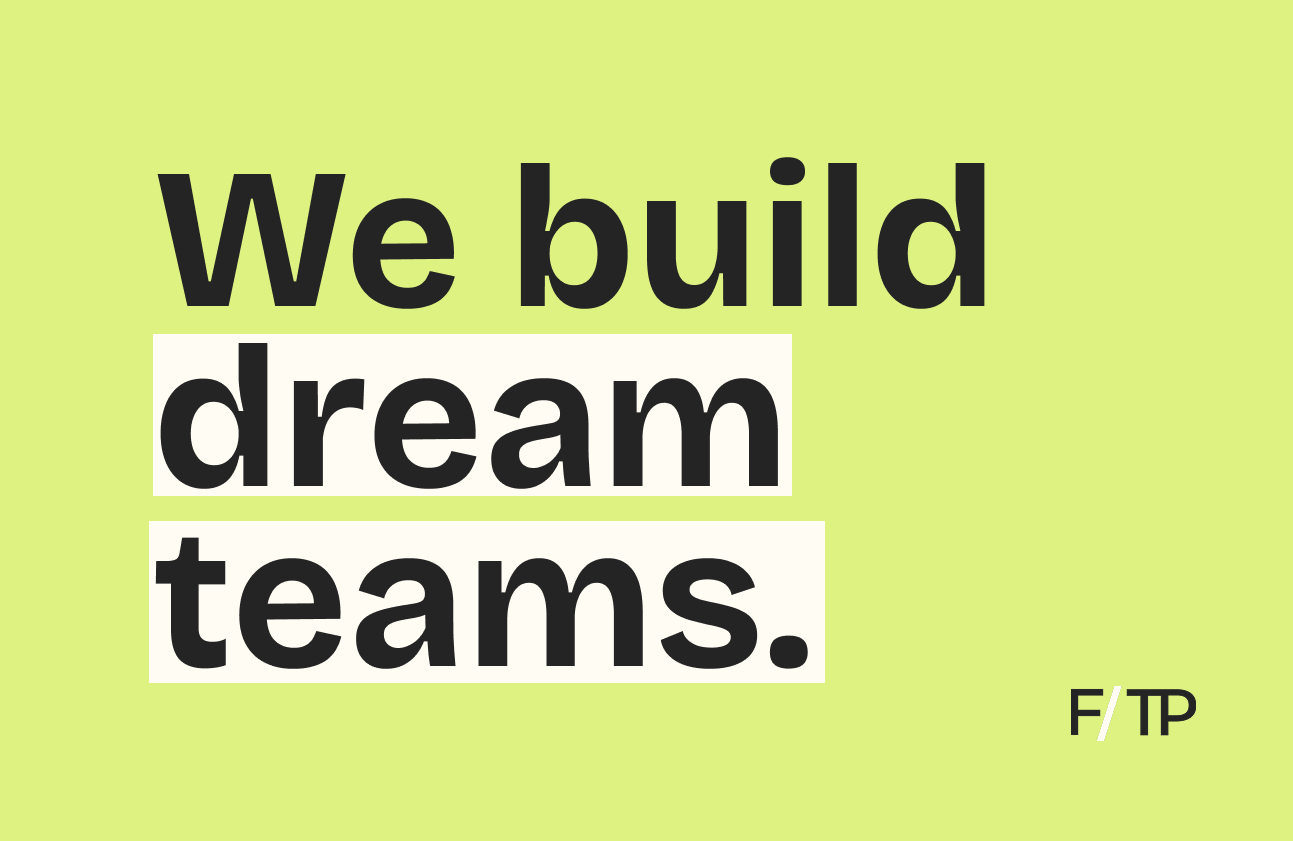The digital fitness boom is over, but the industry may be healthier than it appears.
The latest: According to a recent AdQuantum report, 2022 was tough for digital fitness apps — registering their worst quarter of adoption since Q1 2020. But, the category notched a number of important gains as well.
- Installs have declined steadily from a pandemic peak of 529M in Q2 of 2020 to 290M in Q4 of 2022.
- Revenue was up $300M YoY, topping $1.6B in 2022 vs. $1.1B in 2020.
- Retention and # of sessions among existing users also rose, with the latter increasing ~1% last year and another 1% so far in 2023.
Of note, nutrition-tracking platform MyFitnessPal was the #1 downloaded app last year, with Calm, Headspace, Strava, AllTrails, and Peloton (the only fitness content creator to make the cut) landing in the top 10.
Digital Decline
The boom and bust of mental health apps made headlines last year, when companies like Headspace and Calm enacted layoffs and shifted their strategies beyond wellness. More digital health and fitness companies may follow suit if downloads don’t pick up.
Still, there’s reason to remain optimistic.
Survival strategies. Short of a silver bullet, companies are testing solutions to withstand the slump — adding revenue streams and integrations that prioritize lifetime value of existing users while opening avenues to attract new ones.
- Strava rolled out social features, wearable integrations, and recovery routines to shift more of its users to premium subscribers.
- Like obé and many others, audio-guided app Aaptiv launched AI coaching features that personalize progression by integrating biometrics and post-workout feedback.
- Peloton is pivoting from hardware-centric cycling brand to comprehensive content creator, adding gym-based strength training options to its app.
- Apple’s developing a subscription-driven AI health coach to tie together its expansive health offerings and Fitness+ service.
Reshuffling. While the AdQuantum report details last year’s chart-toppers, there has been some movement through the first half of this year — with the rise of new modalities.
- Cognitive training app Impulse made the top 5 for number of free downloads and top-grossing paid.
- Calm is the #4 top-grossing app, and its recent freemium integration with Spotify gets a foot in the door for more potential paying members.
- Absent in the previous top-10, Planet Fitness’ Workouts app has become the second-most downloaded free app, likely driven by its free summer gym pass for teens.
For that matter, Gen Z’s penchant for phone-based fitness content—both inside and outside of the gym—points to continued opportunity, as the cohort has the appetite for multiple subscriptions and is fairly price insensitive to paywalled features.
But securing premium subscribers post-COVID calls for an agile approach, with community-building content that can be used anytime, anywhere.
Looking ahead: People who discovered digital fitness during the pandemic still see its value, with activity and LTV per paid subscriber on the rise. But if the meltdown of mental health apps is any indication, content itself can only carry companies so far. The next chapter of health and fitness apps will be charted with creative partnerships, interoperability, and paywalled (yet vital) product upgrades.






